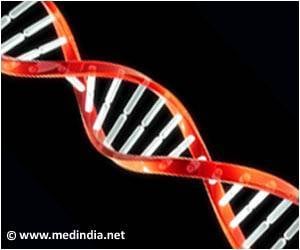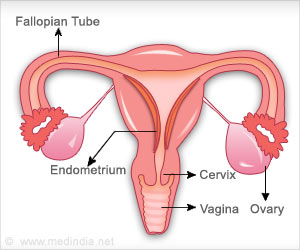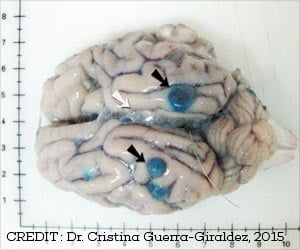Man has domesticated animals for thousands of years, selecting the best traits possible for survival.

In a first-of-its kind study that combined molecular and environmental data, professor Meng-Hua Li et al., performed a search for genes under environmental selection from domesticated sheep breeds. Their results were published in the advanced online edition of the journal Molecular Biology and Evolution.
The authors used a set of data (the sheep HapMap project consisting of nearly 50,000 unique mutational differences (called single nucleotide polymorphisms, or SNPs), that were collected on a sample of 32 different sheep breeds adapted to a number of regional and extreme contrasting climates. They analyzed these along with environmental data to identify 230 SNPs that may have been selected due to climate change. These were used to identify 17 genes that are involved in energy metabolism, endocrine and autoimmune regulation.
One particular gene candidate, TBC1D12, had a pattern of global distribution indicating that variants were deleterious in hot equatorial climates but became advantageous in colder climates. They found that of a variety of climatic variables, such as sunlight and precipitation, are the main factors influencing the local adaptation of sheep by their indirect effects on the amount of grasses and vegetation available.
Their results could have significance for potential applications in functional genomics, breeding and adaptation of livestock to climate change. For example, in the face of globally changing climates that may favor more woody vegetation at the expense of grasses, the finding are useful for identifying particular breeds or producing better derived breeds (e.g., by marker-assisted selection and breeding) that are more robustly suited to future climates, i.e., have increased feed efficiency on novel vegetation communities.
Source-Eurekalert









